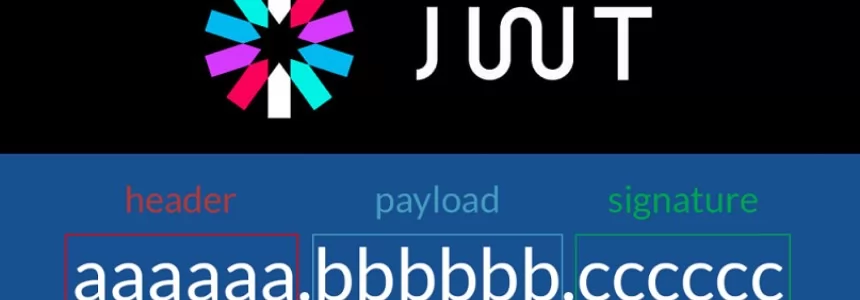
Continuing with the set of articles that talk about internationalisation elements, like the previous one where we talked about relative dates in JavaScript, we will see in this one how to format hours in JavaScript.
The first thing we need to do is to create an 'hour' in JavaScript. That is, what we understand by hour, minute and second. To do this we'll use the Date object, which we'll dump on a constant.
const myday = new Date('June 10, 2021 20:00:30 GMT+00:00');
We can see that we have used a format with the day plus the time. Although we could have created the Date object as it is, thus containing the current date and time of our system.
The next thing is to use the .toLocaleTimeString(locale) method which receives a BCP 47 tag with the locale. The structure of these tags is that they first have two characters indicating the language, followed by a hyphen and then two characters indicating the country or region being referred to.
So, for example, we have:
- es-ES, for Castilian Spanish in Spain.
- ca-ES, for Catalan in Spain.
- en-EN, for English in the United Kingdom.
- en-US, for English in the United States.
- it-IT, for Italian in Italy
Now, we simply invoke the .toLocaleTimeString(locale) method on the date we created.
// The American format will set it to AM/PM
console.log(myday.toLocaleTimeString('en-US'));
// The Spanish format will put it in a 24h format.
console.log(myday.toLocaleTimeString('es-ES'));
When executing this code we will see that when we indicate an American locale, i.e. en-US, the time format will be from 1 to 12 indicating whether it is AM (ante-meridiem, before noon) or PM (post-meridiem, after noon).
However, in the case of the Spanish locale, es-ES, or Italian it-IT, we will see that the time format will be 24h represented by the hours from 0 to 23.
So we can see that depending on the locale the time will have a different representation and therefore it is very important to format hours in JavaScript in a correct way.

Janeth Kent
Licenciada en Bellas Artes y programadora por pasión. Cuando tengo un rato retoco fotos, edito vídeos y diseño cosas. El resto del tiempo escribo en MA-NO WEB DESIGN AND DEVELOPMENT.
Related Posts
How to upload files to the server using JavaScript
In this tutorial we are going to see how you can upload files to a server using Node.js using JavaScript, which is very common. For example, you might want to…
How to combine multiple objects in JavaScript
In JavaScript you can merge multiple objects in a variety of ways. The most commonly used methods are the spread operator ... and the Object.assign() function. How to copy objects with…
The Payment Request API: Revolutionizing Online Payments (Part 2)
In the first part of this series, we explored the fundamentals of the Payment Request API and how it simplifies the payment experience. Now, let's delve deeper into advanced features…
The Payment Request API: Revolutionizing Online Payments (Part 1)
The Payment Request API has emerged as the new standard for online payments, transforming the way transactions are conducted on the internet. In this two-part series, we will delve into…
Let's create a Color Picker from scratch with HTML5 Canvas, Javascript and CSS3
HTML5 Canvas is a technology that allows developers to generate real-time graphics and animations using JavaScript. It provides a blank canvas on which graphical elements, such as lines, shapes, images…
How do you stop JavaScript execution for a while: sleep()
A sleep()function is a function that allows you to stop the execution of code for a certain amount of time. Using a function similar to this can be interesting for…
Mastering array sorting in JavaScript: a guide to the sort() function
In this article, I will explain the usage and potential of the sort() function in JavaScript. What does the sort() function do? The sort() function allows you to sort the elements of…
Infinite scrolling with native JavaScript using the Fetch API
I have long wanted to talk about how infinite scroll functionality can be implemented in a list of items that might be on any Web page. Infinite scroll is a technique…
Sorting elements with SortableJS and storing them in localStorage
SortableJS is a JavaScript extension that you will be able to use in your developments to offer your users the possibility to drag and drop elements in order to change…
What is a JWT token and how does it work?
JWT tokens are a standard used to create application access tokens, enabling user authentication in web applications. Specifically, it follows the RFC 7519 standard. What is a JWT token A JWT token…
Template Literals in JavaScript
Template literals, also known as template literals, appeared in JavaScript in its ES6 version, providing a new method of declaring strings using inverted quotes, offering several new and improved possibilities. About…
How to use the endsWith method in JavaScript
In this short tutorial, we are going to see what the endsWith method, introduced in JavaScript ES6, is and how it is used with strings in JavaScript. The endsWith method is…












